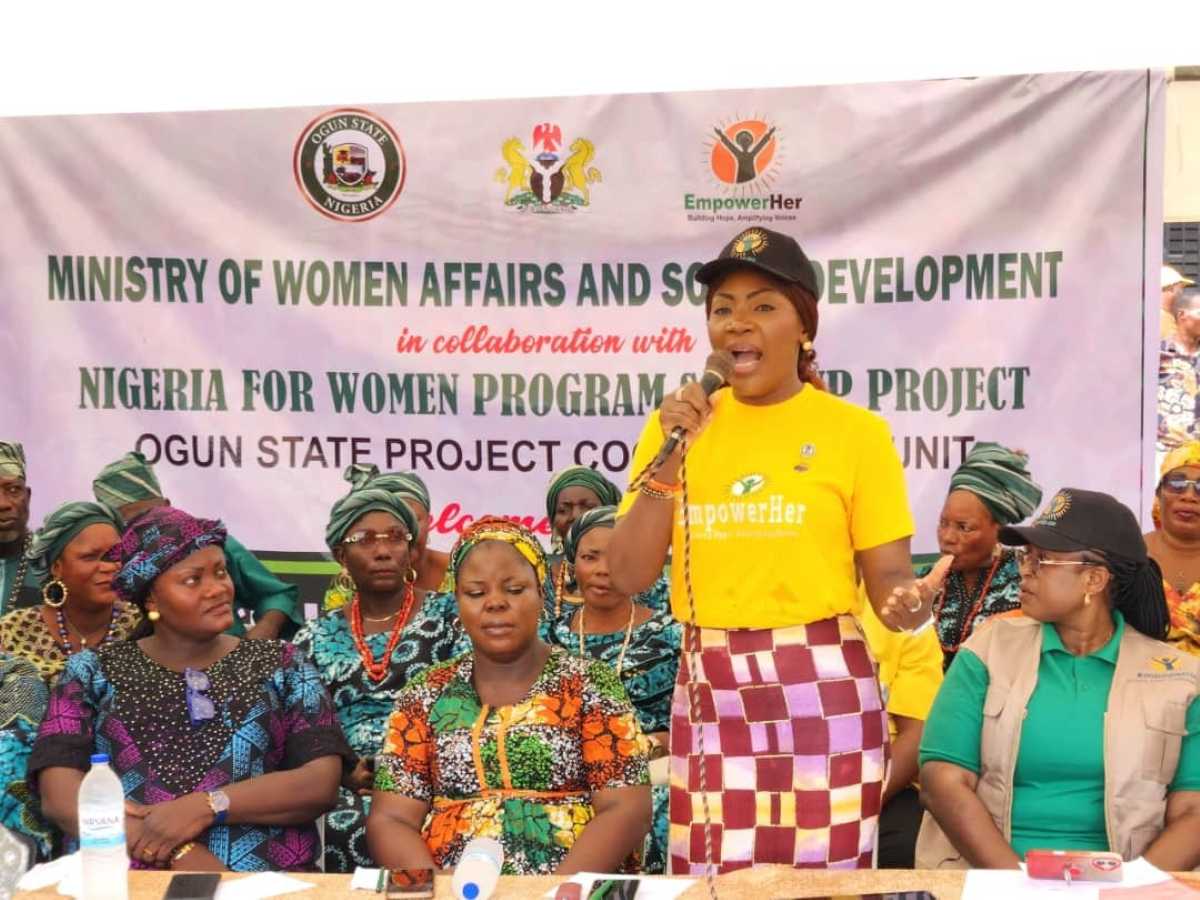
In a compelling interview with The Guardian’s IFEANYI IBEH, Dr Sodiq Yusuff, a leading expert in global health innovation, explores the transformative potential of evidence-based strategies in strengthening health systems, particularly in resource-constrained settings like Nigeria. Drawing from his extensive experience and groundbreaking projects, Dr Yusuff highlights how harnessing innovative approaches, such as mathematical modelling and digital tools, can significantly improve healthcare outcomes even with limited resources. From reducing under-five mortality to tackling the pervasive threat of malaria, Dr Yusuff shares insightful examples of how modern technology and strategic interventions are saving lives across Nigeria.
Ifeanyi Ibeh: Dr. Sodiq Yusuff, you’ve been at the forefront of implementing cutting-edge approaches to strengthen health systems, particularly in resource-constrained settings like Nigeria. Can you share your perspective on how we can maximize limited resources to improve healthcare outcomes?
Dr. Sodiq Yusuff: Thank you. It’s a multifaceted challenge, but the solution largely revolves around two key strategies: plugging systemic inefficiencies and optimizing the use of available resources. While it’s true that countries like Nigeria face significant constraints in terms of resources, they do receive substantial support from international donors and from their own governmental budgets. Although these funds may appear limited when compared to those in developed countries, there are innovative methods that can amplify their impact, much like what we’ve seen in several Western nations.
Take Sweden’s approach during the COVID-19 pandemic, for example. Instead of imposing a nationwide lockdown, Sweden relied on advanced research techniques, including mathematical and economic modeling. These models indicated that a lockdown would not significantly improve survival rates but would severely damage the economy. Consequently, Sweden avoided the severe economic downturn seen in other countries, and notably, they achieved better COVID-19 survival rates. This underscores the value of evidence-based decision-making, even in settings with limited resources.
That’s an enlightening example. How have you applied similar strategies to address pressing health challenges in Nigeria?
One critical area where we’ve applied these principles is in tackling Nigeria’s alarmingly high under-five mortality rate, which is among the highest globally. We identified that three diseases—malaria, pneumonia, and diarrhea—account for more than half of these deaths. In collaboration with the Gates Foundation, we developed a mathematical model to predict the impact of mass azithromycin distribution among children under five. Azithromycin has been shown to offer some protection against these diseases, with clinical trials in other countries demonstrating a 21% reduction in mortality.
However, a significant concern was the potential for antimicrobial resistance (AMR) to develop among these children. To address this, we incorporated the possibility of AMR into our model. The results indicated that the impact of AMR would be negligible, while the intervention could save over 40,000 lives annually. If implemented alongside other initiatives, such as malaria prevention and rotavirus vaccination, we have a real opportunity to meet our under-five mortality reduction targets by 2030. Encouraged by these findings, the Nigerian government has already rolled out this intervention in 12 states.
That’s an impressive achievement. Could you share another instance where innovative approaches have made a significant impact?
Certainly. Another noteworthy example is our work on enhancing the effectiveness of mosquito net distribution campaigns for malaria prevention. Nigeria bears the highest global burden of malaria, accounting for over 30% of global malaria deaths. We identified that people living in conflict-prone areas were often overlooked in these campaigns, which contributed significantly to the under-five mortality rate.
Traditionally, gaps in coverage were only identified after campaigns concluded, which was too late to make necessary adjustments. To tackle this, we partnered with technology firms to develop digital tools that provided real-time monitoring of campaign personnel and instant feedback on the campaign’s progress. This innovative approach transformed campaign coverage, increasing it from around 60% to an impressive 95%. By leveraging digital technology, we ensured that life-saving mosquito nets reached even the most vulnerable populations, drastically improving the campaign’s overall effectiveness.
Looking ahead, what other innovative strategies do you believe could be adopted in resource-constrained settings?
There is enormous potential in adopting approaches that have been successfully implemented in the Western world, such as longitudinal cohort studies. These involve collecting data from healthy individuals and tracking them over extended periods to analyze health outcomes. This method is already in practice at institutions like Oxford with the UK Biobank and the China Kadoorie Biobank.This kind of long-term data allows us to uncover patterns that can inform context-specific public health strategies. By applying the insights gained from these studies, we can better understand the long-term impacts of various health behaviors and interventions, ultimately improving health outcomes.
Thank you, Dr. Sodiq Yusuff, for sharing these invaluable insights. It’s clear that with the right strategies, even resource-constrained settings can achieve remarkable health outcomes.
Thank you. It’s been a pleasure discussing these critical issues.






